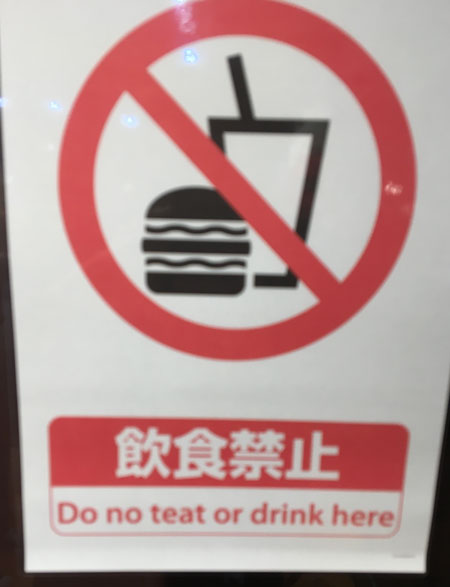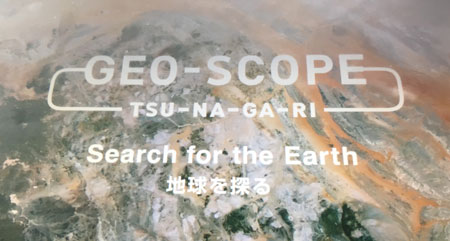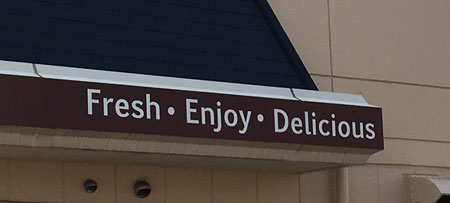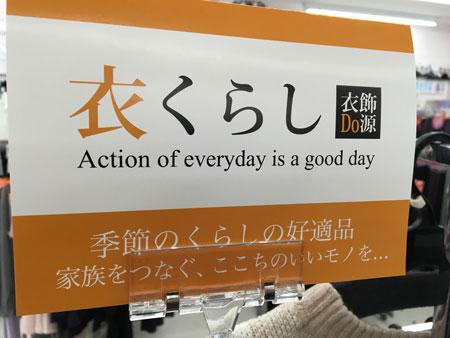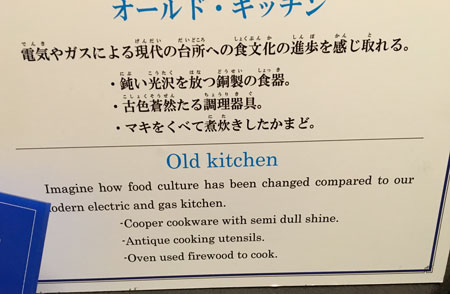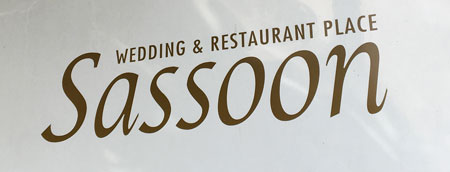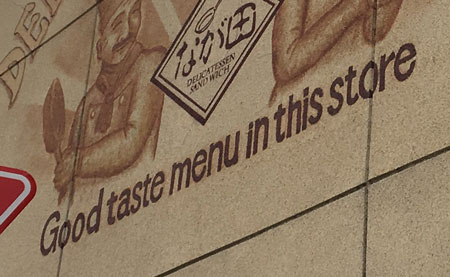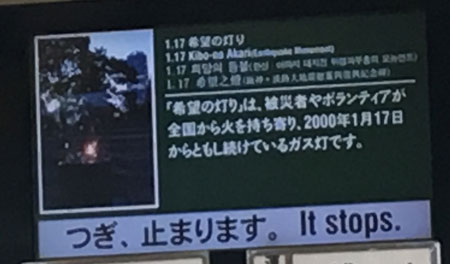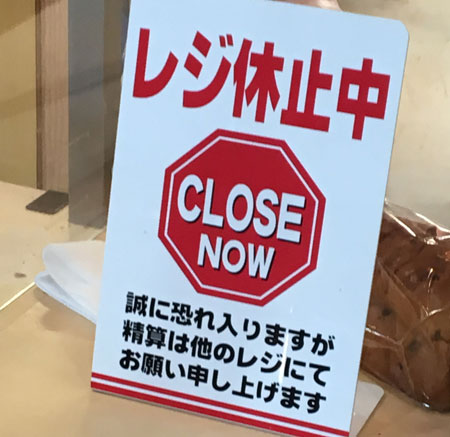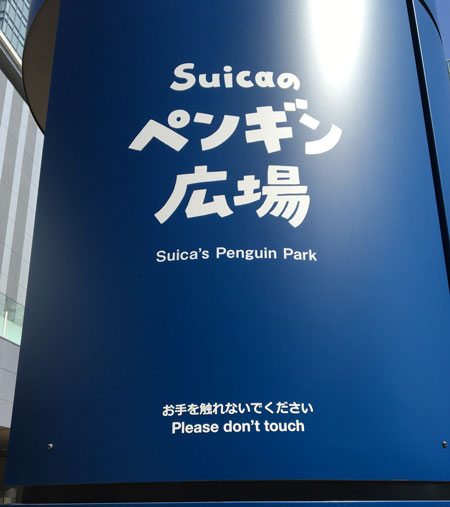
X Please don’t touch
Tim says:
The English itself is correct, but it’s not clear WHAT we’re not supposed to touch. Usually, such a sign will be ON the object that we’re not supposed to touch. So, we shouldn’t touch the sign, but it’s OK to touch the Suica penguin statue?
O Please don’t touch the statue
周囲にある英語を見て、果たしてそれが正しい英語なのだろうかと感じる英語はありますか?「あの英語は絶対に間違っている」という英語の表記はありますか?看板の写真を撮って、Machigai.comに送りましょう!とんでもない英語だったら、このコーナーで出します!




